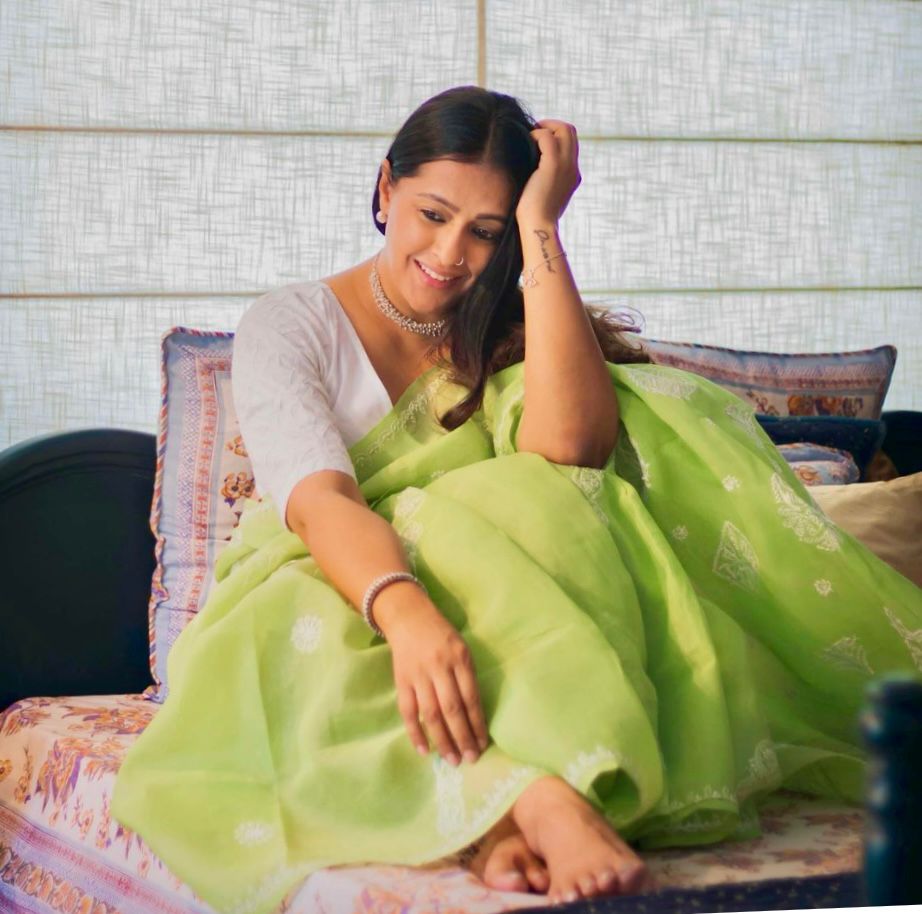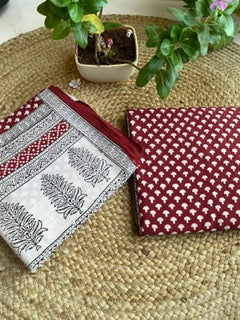Indian artisans are well known for their expertise in printed textiles. Each region of India has its own distinct aesthetic when it comes to block printing. Let's take a look at the rich history of Bagh Print.
History
Bagh Print is a traditional hand-block print from Madhya Pradesh and is practised in Bagh, Dhar district. Bagh Prints gets its name from the village Bagh, which gets its name from the village's high tiger population.
Bagh is a village in Madhya Pradesh, about 150 kilometres from the city of Indore. According to locals, the Khatri community of traditional block printers in this town migrated from Sindh about 400 years ago.
A popular Textile with geometric and floral compositions in vegetable colours. Bagh's unique craft of thappa chappai, or natural colour block printing, has evolved from primitive tribal art to an invaluable part of Madhya Pradesh's heritage and cultural identity. Some of the wooden blocks that are used in the making of bagh sarees are believed to be hundreds of years old.

Lets Print
Bagh printing earlier known as alizarin printing is a manual and laborious process that entails several cycles of washing, dyeing, and printing. The fabric is washed and beaten on river stones to remove impurities and starch in the first process. It is then sun-dried for several hours.
After that, the fabric is immersed in a vat of castor oil, goat droppings, raw salt and water. After a thorough soak, it is taken to the hodi, a special section of the river where it is swirled in the water for a few hours before being dried.
Printing pastes are typically red and black in colour. It contains alum and iron sulphate serving as mordants. To achieve the desired consistency, these paints are mixed with chiyan (tamarind seed powder). The printing is done by meticulously stamping small hand blocks that are typically square or rectangular in shape.
One saree takes about 3 hours to print. After printing, the fabric is allowed to dry completely before being stored for 15 days to allow the dye to be properly absorbed by the fabric.
The mordant-printed fabric is soaked in water to remove the gum. Stains will appear in the finished fabric if this step is not completed properly.
The use of red dye
After washing, the cloth is boiled in a copper vessel with alizarine and dhawada ka phul.
Last Wash or Tapai
The fabric is washed 3-4 times after drying.

Magnificent Motif
Madhya Pradesh's Bagh prints feature small abstract floral designs that are more intricate than those found in Rajasthan. Bagh prints are distinguished by multiple rows of tiny geometric patterns in red and black.
Today, the red colour is obtained by using alizarin, and the black colour is produced by fermenting iron fillings in jaggery. Traditional motifs include the 'Nandana' mango motif, the 'Tendu' plant motif, the 'Mung Ki Phali' motif, the 'Khirali Keri' motif, and the 'Phool Buta' motif.
These intricately designed Bagh Prints were awarded the Geographical Indication (GI) tag in 2008.
Bagh Prints are so popular and sought after because the patterns are simple yet enchanting. Bagh Prints sarees are ideal for summers, being light and airy. To put it simply, Bagh Print Sarees are all about keeping things interesting. They are unique in their own way and will surely add a touch of vibrant colour to any ensemble.


